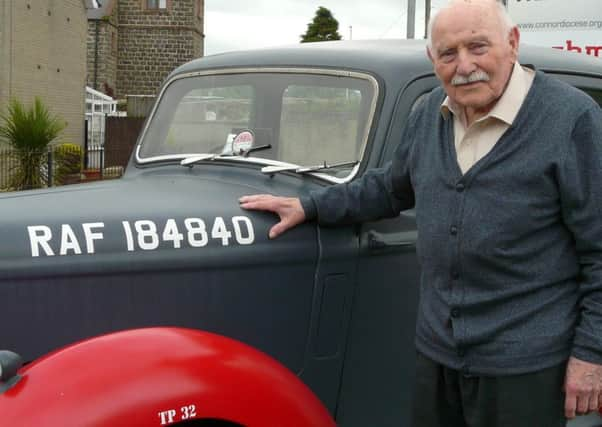RAF veteran’s radio role in jungle campaign


The 94-year-old veteran. who called into the Exhibition in Bushmills with his daughter Jennifer and son-in-law Nat Rodgers, recalled his experiences in the Royal Air Force as a Sgt Wireless Operator with 367 Signals Unit during service from 1941-1946 intercepting at first German radio traffic and later, in the Far East, the Japanese radio traffic.
August 15 will be the 70th Anniversary of VJ Day when Japan surrendered and Sgt Wireless Operator Nat Thompson no doubt played his part in that historic event.
Advertisement
Hide AdAdvertisement
Hide AdHis Unit, 367 Signals, began life in late 1942 as 367 Wireless Unit based at Newbold Revell near Rugby.
The trained operators left the U.K. in January 1943 bound for Cape Town as part of a large convoy and after a couple of months there, headed to Bombay and then on to Calcutta.
Operations commenced as 367 Wireless Unit based in tents on the Chindwin River and later at Rangoon in Burma.
367 WU was joined by 368 WU in May 1943 and together with 355 WU formed the valuable WU Link
Advertisement
Hide AdAdvertisement
Hide Admonitoring Japanese military activity in the Kohima and Imphal regions of north east India prior to the sieges of those two towns.
There were probably three mobile D/F Units operating in Burma supporting the main intercept station in Ceylon and 367 WU combined with 368 Wireless Unit at some point, becoming 367 Signals Unit in 1946. The units were part of the UK’s military signals intelligence set-up and in 1945, 367 and 368 Wireless Units moved to Hong Kong, merging in 1946 to become 367 Signals Unit with operations moving to Tai Po Tsai in late 1948.